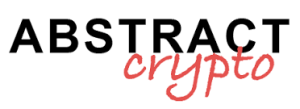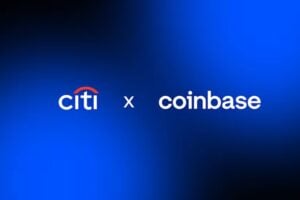Coinbase and Citi launched a collaboration to build stablecoin payments infrastructure that connects bank rails with crypto custody and on‑ramp/off‑ramp services for institutional clients.
How will stablecoin payments in the Citi‑Coinbase partnership enable on‑ramps and off‑ramps?
The collaboration combines Coinbase’s digital‑asset infrastructure with Citi’s global payments network to improve the systems that convert fiat and move value on blockchains. Coinbase’s announcement on 29 March 2023 cites Citi’s reach across 94 markets and more than 300 payment clearing systems.
That connectivity should make on‑ramp and off‑ramp flows faster and more reliable for corporate clients operating across jurisdictions. An early goal is to enable institutions to more easily convert fiat to stablecoin and settle blockchain transactions with fewer manual steps.
What on/off‑ramp features will let institutions convert fiat to stablecoin?
Primary capabilities under development include direct fiat-to-token rails, automated settlement paths, and 24/7 availability for cross‑border corridors. These features aim to lower friction when institutions convert fiat to stablecoin for treasury, payments, or liquidity management.
Tip: Treasurers should map current reconciliation pain points to expected rails (e.g., cut‑off times, currency corridors) to evaluate short‑term benefits.
What institutional stablecoin solutions and custody options will banks gain?
How does enterprise digital asset custody fit into the plan?
The partnership pairs Coinbase custody capabilities with bank settlement expertise to support institutional stablecoin solutions and enterprise digital asset custody workflows. That alignment could reduce third‑party reconciliation and streamline corporate treasury operations.
What role do fiat off ramp solutions play?
Fiat off ramp solutions will let institutions move tokenised balances back into traditional bank accounts and clearing systems. These rails are essential to integrating digital assets into daily liquidity operations without exposing clients to settlement gaps.
What are the immediate implications for treasuries and banks?
For treasuries and bank partners, the collaboration is a pragmatic step toward embedding tokenised settlement into existing payment corridors. Operational benefits are likely to appear first in corridors with high transaction volumes and clear regulatory frameworks.
In brief: the Citi‑Coinbase partnership may accelerate institutional adoption of stablecoin payments, but product timing will depend on engineering milestones and compliance reviews. The announcement emphasises continued work with banks, asset managers and payment service providers to scale these tools.
How will this collaboration be governed and tested?
Coinbase frames the work as exploratory and iterative, with pilots and product releases planned over coming months. The firms say they will focus on reliability, security and regulatory alignment before broad distribution to clients.
Industry experts note the practical benefit: linking large correspondent networks to token settlement layers can materially reduce cross‑border settlement times while preserving bank oversight and custody controls. Coinbase described the initiative as “focused on solving a key challenge: making it easier for Citi’s clients to leverage the power of digital assets and stablecoins to facilitate the transmission of value.”


